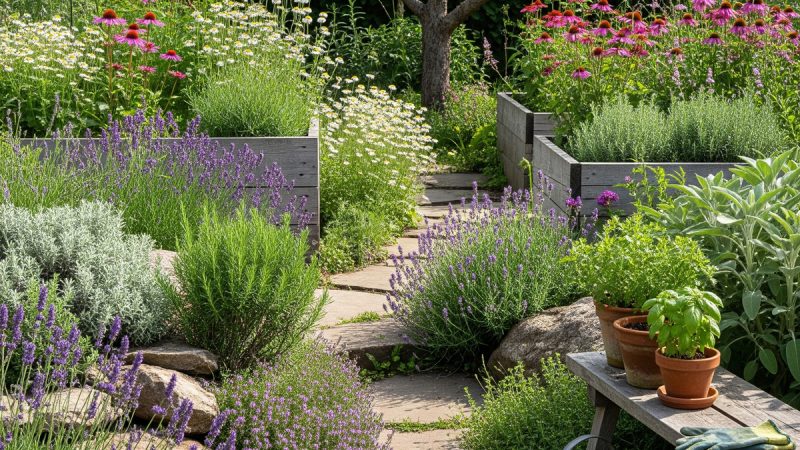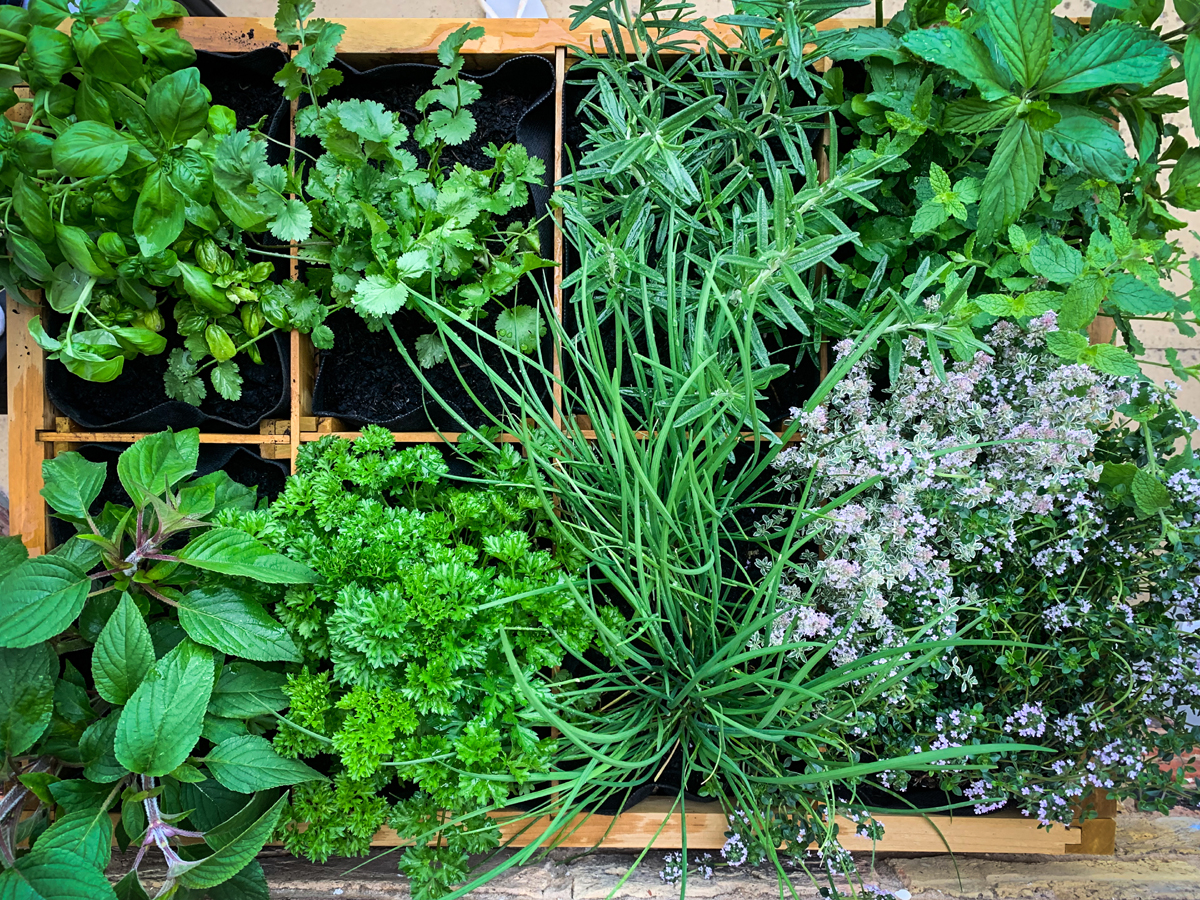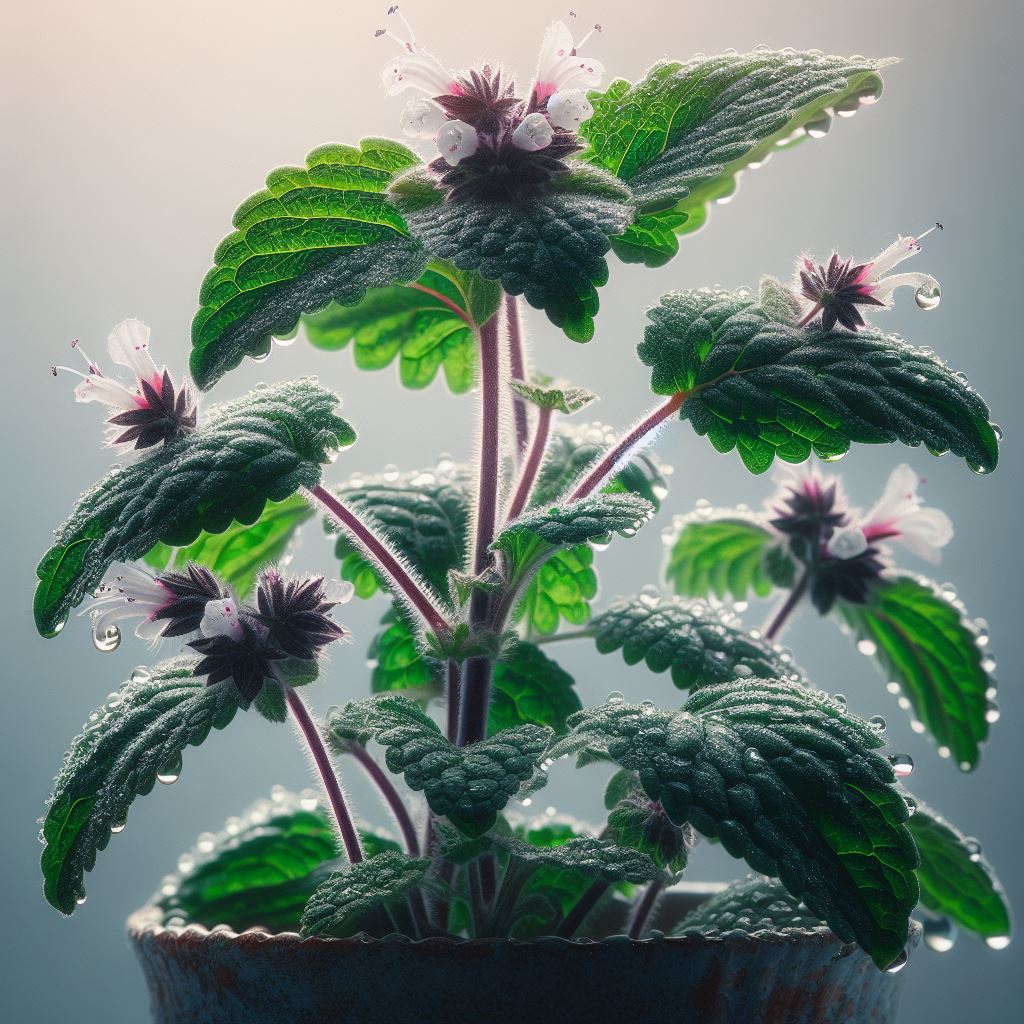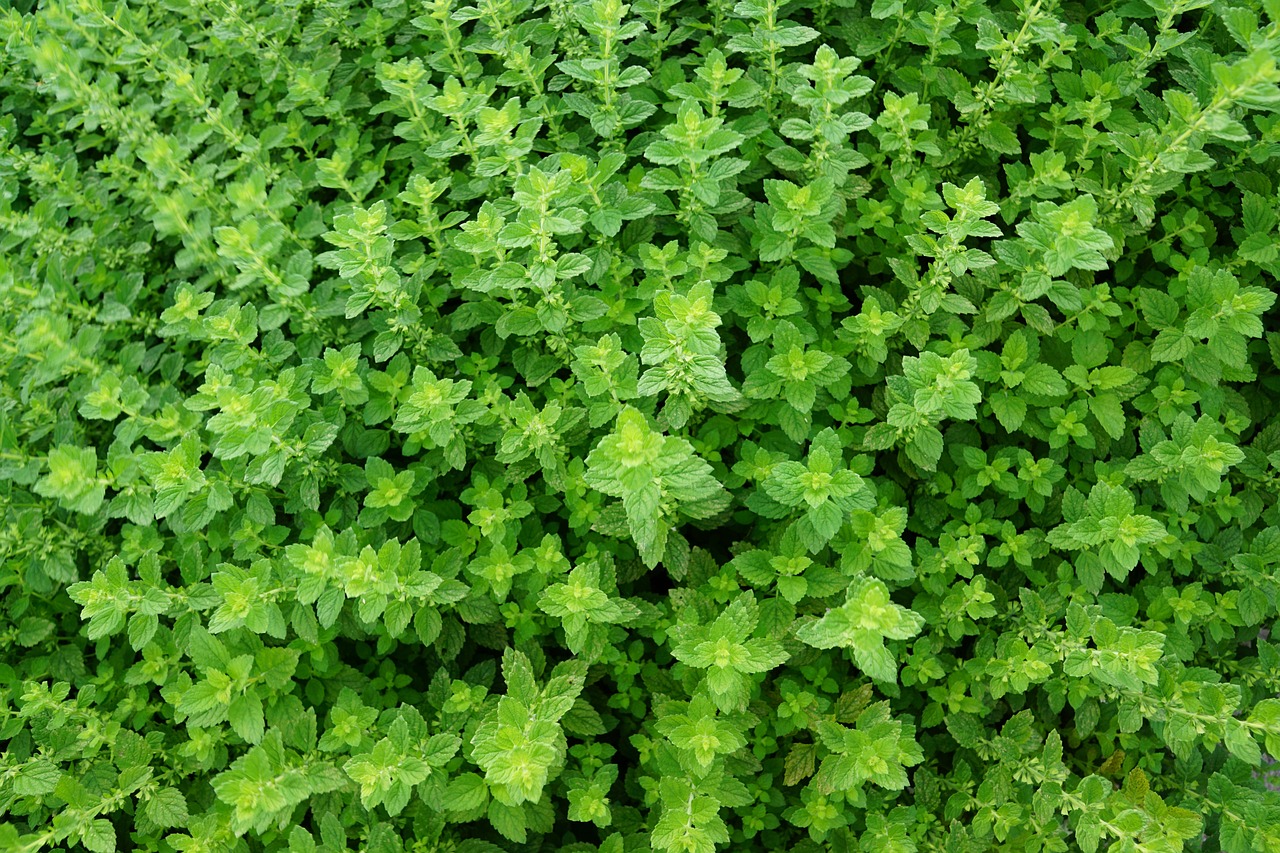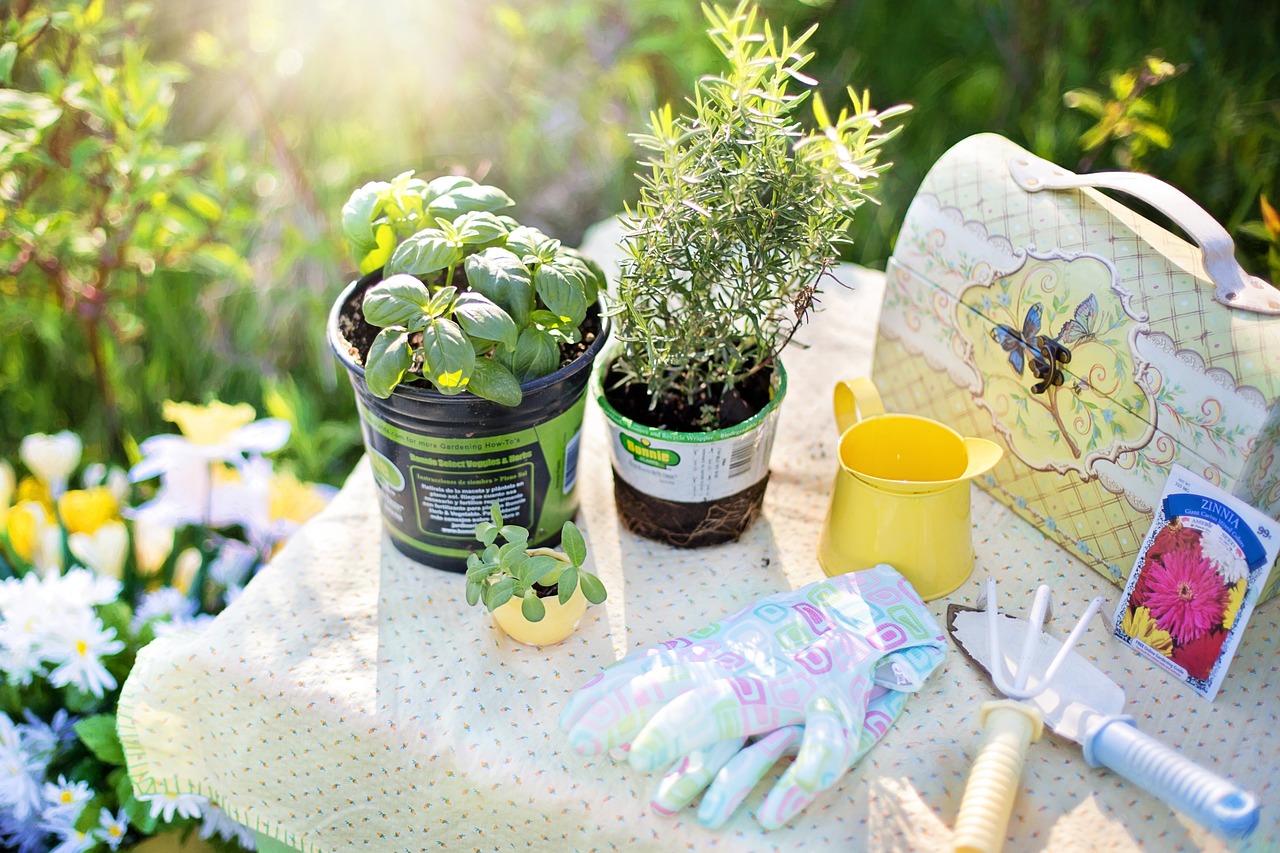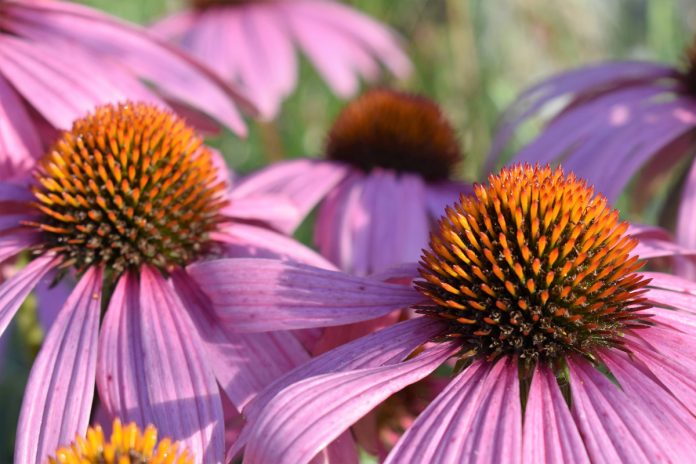The Ultimate Guide to Growing Basil: Tips, Remedies and Uses
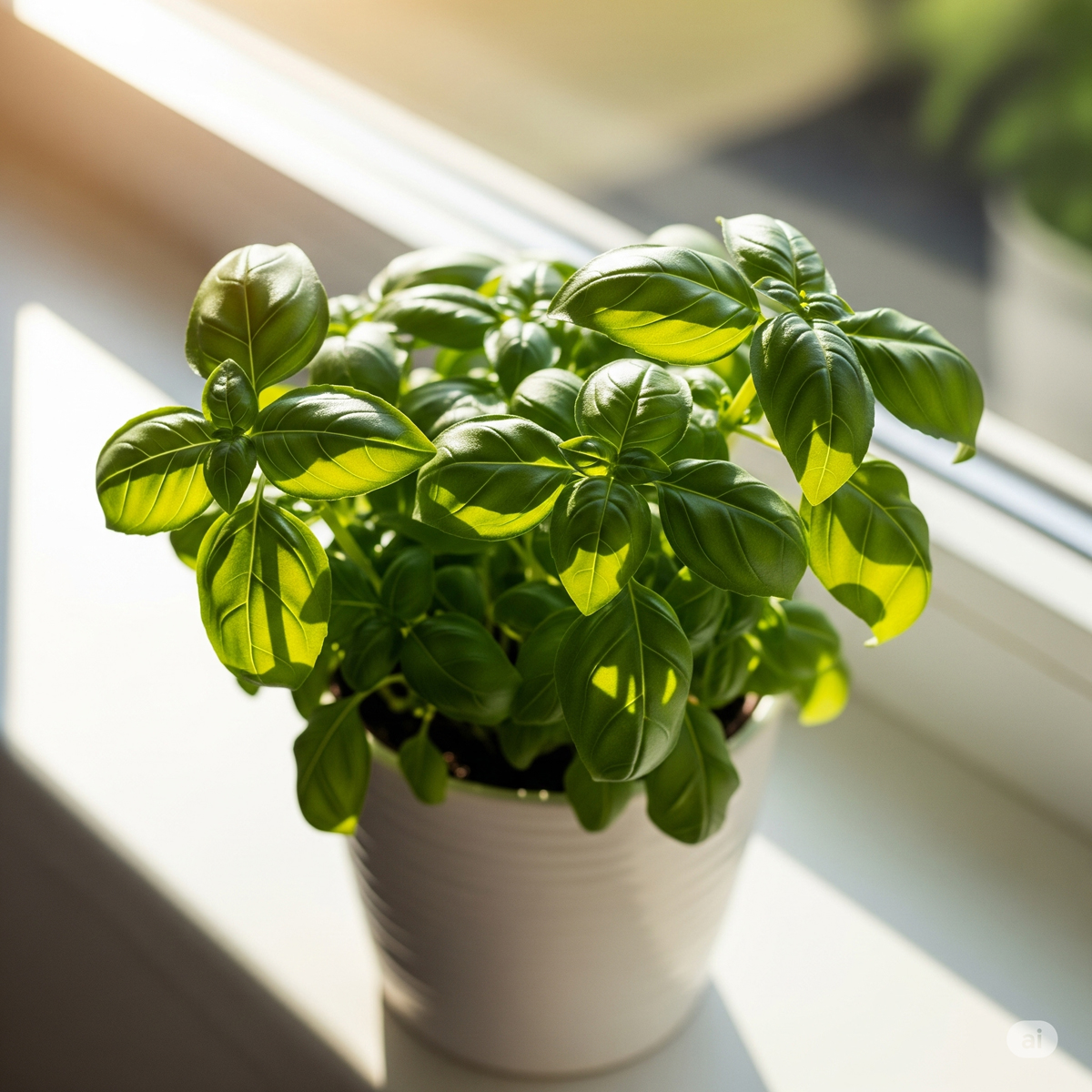
Basil (Ocimum basilicum) is an herb that belongs to the mint family and is native to tropical regions of central Africa and southeast Asia. Its aromatic leaves and flowers make it a popular herb in many culinary and medicinal preparations. It is also valued for its beauty and is often grown as an ornamental plant in gardens and homes.
Growing Basil:
Basil is a warm-weather plant that thrives in full sun and well-draining soil. The ideal temperature range for basil growth is between 60°F and 90°F. Here are some tips for growing your own basil:
Choose a sunny spot: Basil requires at least six hours of direct sunlight per day.
Plant in well-drained soil: Basil prefers soil that is moist but not waterlogged.
Water regularly: Basil needs regular watering to keep the soil moist.
Fertilize: Use organic fertilizer every two to three weeks to promote growth.
Pinch off flowers: Pinch off flowers to encourage leaf growth and prevent the plant from becoming woody.
Harvest regularly: Harvest leaves regularly to encourage further growth.
Rotate: Rotate basil with other plants to prevent soil-borne diseases.
Culinary Uses:
Basil is a versatile herb that can be used fresh or dried in a variety of culinary preparations. Here are some ways to use your basil in the kitchen:
Pesto: Blend basil leaves, garlic, pine nuts, parmesan cheese, and olive oil to make a classic Italian pesto sauce.
Salad dressing: Combine basil leaves, balsamic vinegar, olive oil, and honey to make a flavorful salad dressing.
Tomato sauce: Add fresh basil to your favorite tomato sauce recipe for added flavor.
Garnish: Use basil leaves as a garnish for soups, stews, and other dishes.
Medicinal Uses:
Basil has numerous health benefits, and its essential oil is often used in aromatherapy and natural medicine. Here are some ways to use basil for medicinal purposes:
Headaches: Apply basil essential oil to your temples to relieve headaches and migraines.
Respiratory issues: Inhale basil essential oil to alleviate respiratory issues like asthma and bronchitis.
Digestive issues: Drink basil tea or eat fresh basil leaves to aid digestion and relieve constipation.
Stress relief: Diffuse basil essential oil in your home or add it to your bathwater to promote relaxation and relieve stress.
Beauty Uses:
Basil is also valued for its beauty benefits and is often used in natural beauty products. Here are some ways to use basil for its beauty benefits:
Acne: Crush fresh basil leaves and apply the paste to acne-prone areas to reduce inflammation and bacterial growth.
Hair growth: Mix basil essential oil with a carrier oil like jojoba or coconut oil and massage it into your hair and scalp to stimulate hair growth.
Anti-aging: Apply a basil-infused toner to your face to promote healthy, youthful-looking skin.
Growing basil is a rewarding experience that offers a variety of culinary, medicinal, and beauty benefits. Use these tips and remedies to make the most of your basil harvest. Whether you’re a seasoned gardener or a first-time herb grower, basil is the perfect herb to add to your garden or indoor plant collection.
The Author:
Pioneerthinking.com – Ingredients for a Simple Life.
Photo. Gemini

